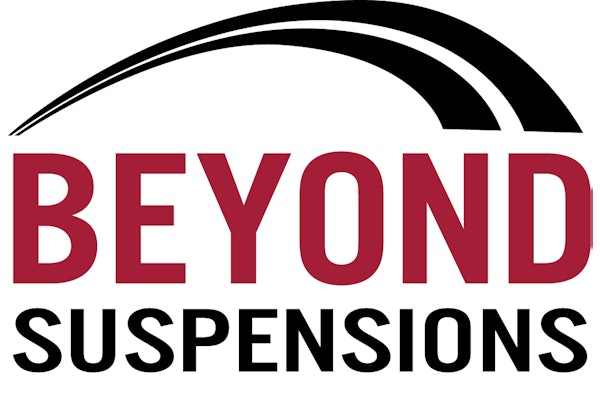Business cycles are funny things… some just appear (usually recognizable only after the fact) and patterns emerge. An interesting pattern in the heavy-duty parts business seems to revolve around a ten-year cycle of milestones beginning in 1967:
- 1967 – Channel Organization: CFS is formed by leading independents; Marvin Rush makes his first big fleet sale (100 units); Paccar forms Dynacraft to capture more parts sales.
- 1977 – Regulation & Computers: The ICC begins deregulating trucking; Transnet is formed to electronically send orders.
- 1987 – OEM Distress: Roger Penske buys a struggling Detroit Diesel from GM; International Harvester restructures into Navistar International.
- 1997 – New Financing Sources: FleetPride and Transcom introduce consolidation; Rush is the first ever vehicle franchise dealer IPO.
- 2007 – Creative Disruption: EPA II market disruption; private label and Chinese imports; NAPA’s formal entry into heavy-duty truck parts.
During this time, the industry has emerged as a $15 billion higher-tech tangle of constantly morphing end users and regulations. Product life cycles are the briefest in history, while the shortage of trained personnel has hit extremely troubling levels. Technology has gone on a tear, forming the basis for the fastest evolutionary phase since trucking got started in the ’20s. So how about some predictions for products and distribution over the next 10 years… are you ready for what’s to come in 2017?
- Beltless, diesel-electric hybrid integrated power plant/drive systems, with all electric PTO and collateral accessories feeding off a 500+ volt system;
- 360-degree driver vision with auto reactive safety/collision avoidance systems monitored in a heads-up display glass cockpit, which also features a complete HR black box for driver management, insurance and law enforcement;
- Wireless lighting and braking monitored down to the fastener level by RFID-
derivative chips reporting directly to on-board vehicle management systems; - Computer-controlled, self-aligning springless suspensions that control stability of the vehicle by pulsing a current through ferro-magnetic fluid filled “shock absorber” modules whose stiffness varies with electrical charge;
- Speed-sensitive, aerodynamically adaptable “NAFTA Liners” specifically designed for long-haul, highway-only operation, covered in power generating trailer coatings.
How about the supply industries that make these things work? - All three remaining Class 8 truck builders will employ factory owned/operated retail chains to distribute vehicles and to provide major warranty service;
- Independent parts and service organizations will migrate into two distinct channels – eSystem/Service Specialists and Legacy Parts (and service) Centers;
- Federal licensing/certification becomes mandatory for technicians servicing emission or safety related systems, training for which will come from for-profit tech schools and community colleges;
- Training on legacy and low tech maintenance will be provided through a guild-like service industry, supplier-supported distance learning model;
- Combinations of parts and component suppliers will operate complex common supply chains that allow “virtual logistics consolidation” for smaller (and foreign) suppliers and force traditional distributors to look downstream for margin improvement.
Agree? Disagree? Neither the product nor the distribution models outlined above are necessarily good nor bad for anyone reading this.
These may not happen exactly as described






